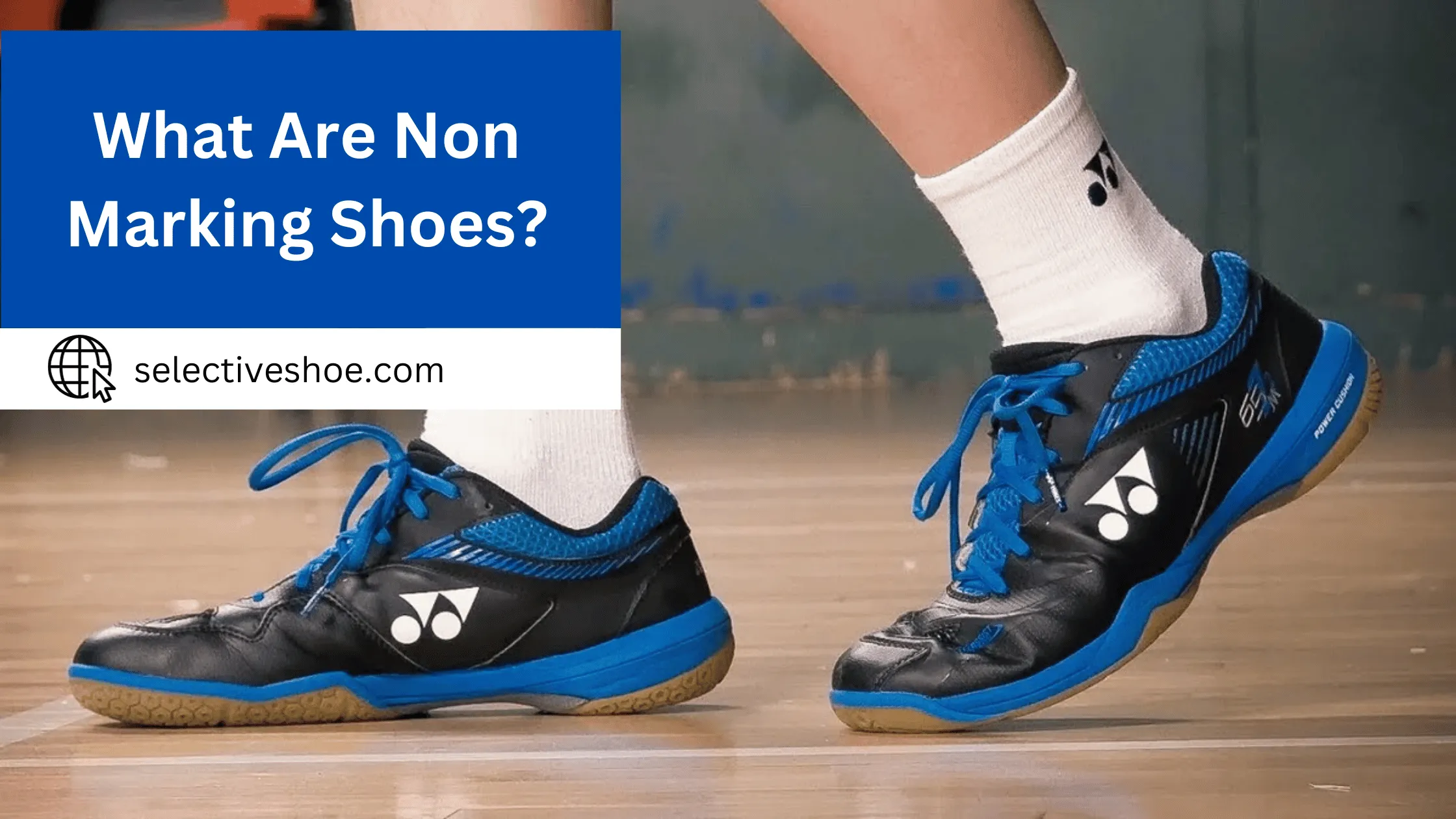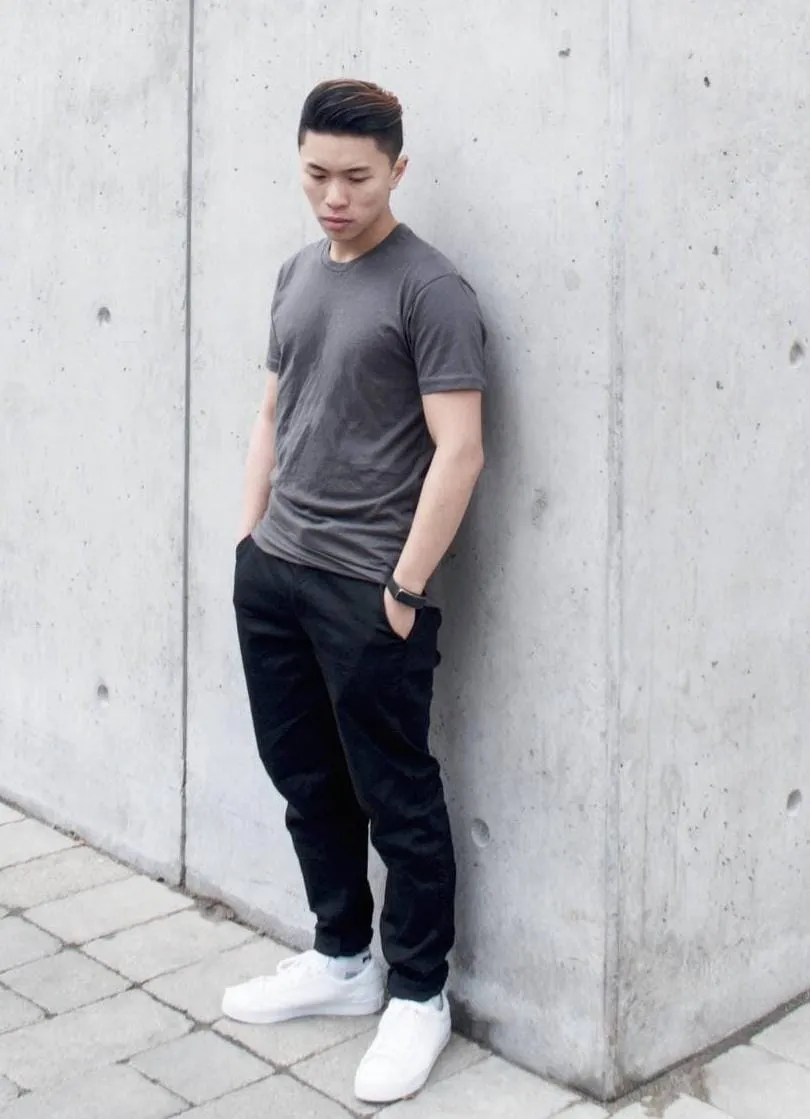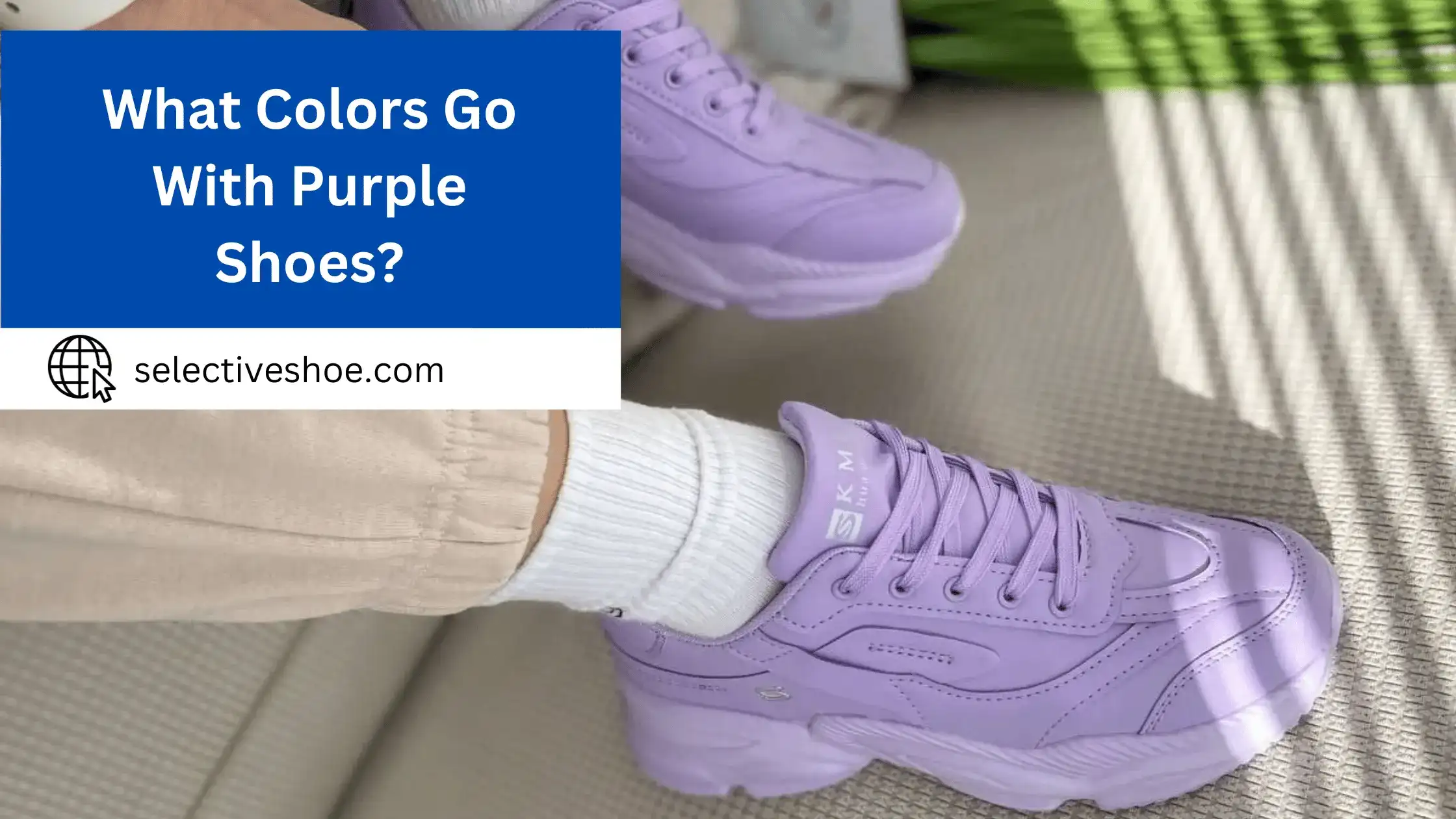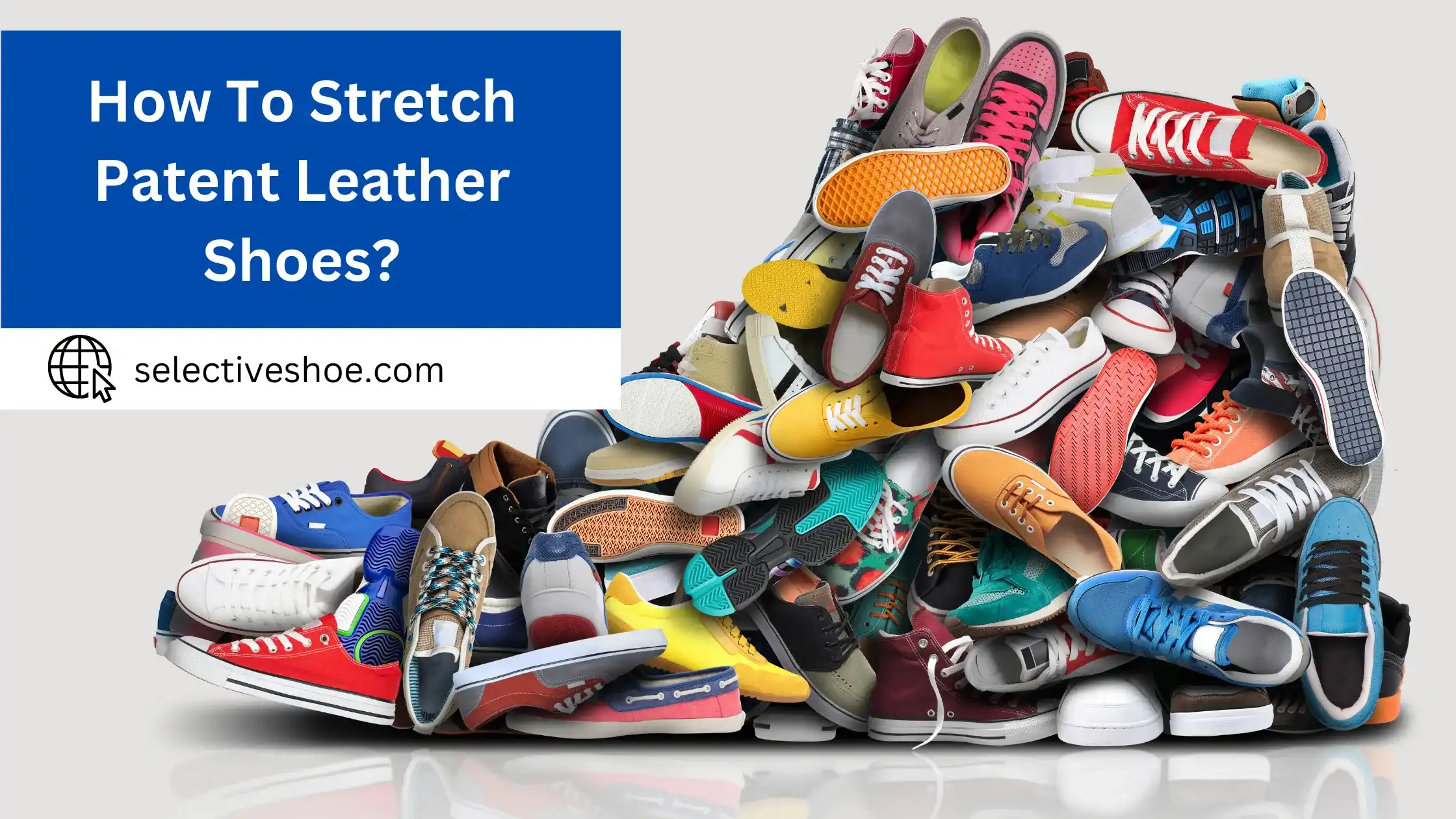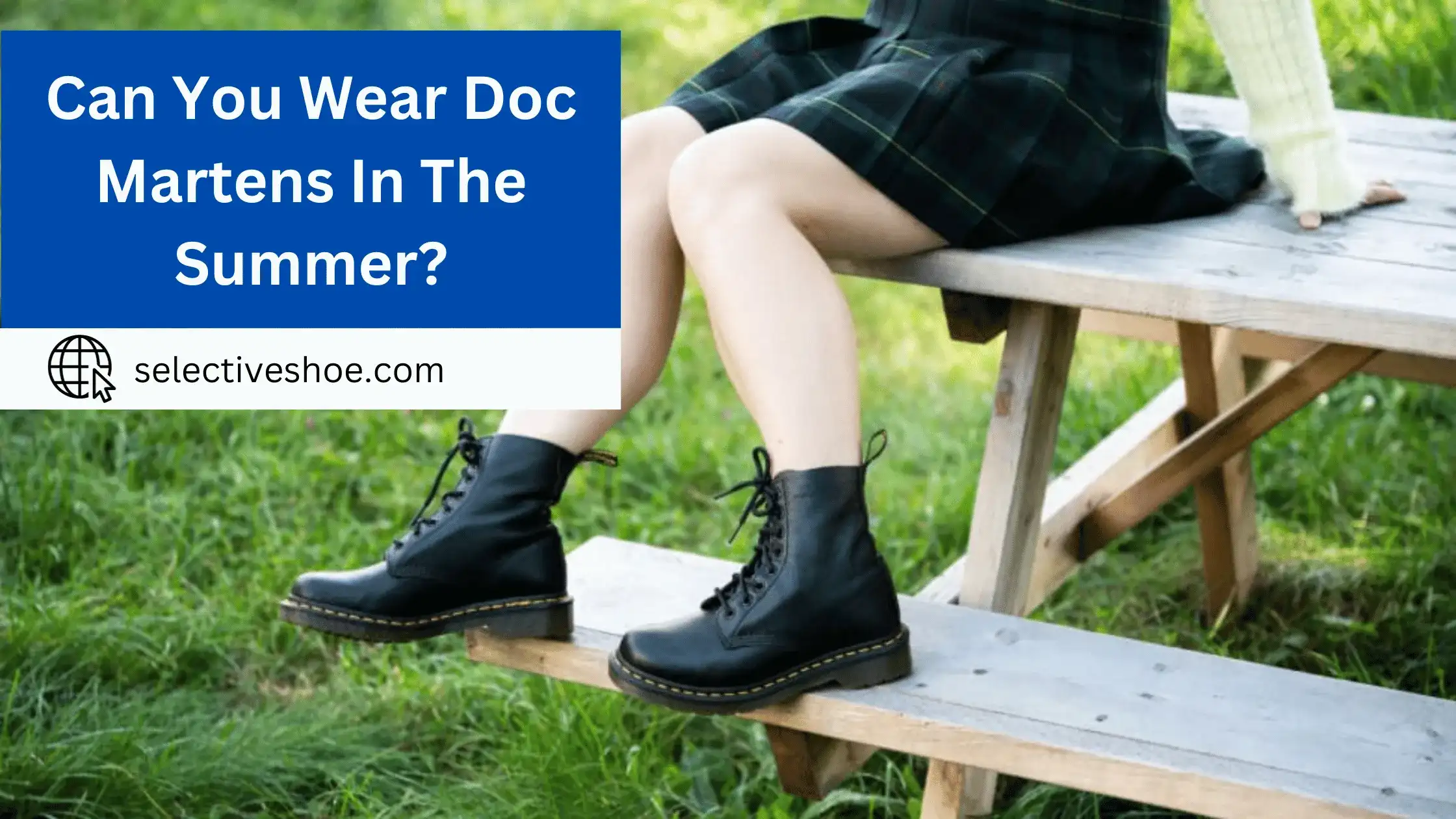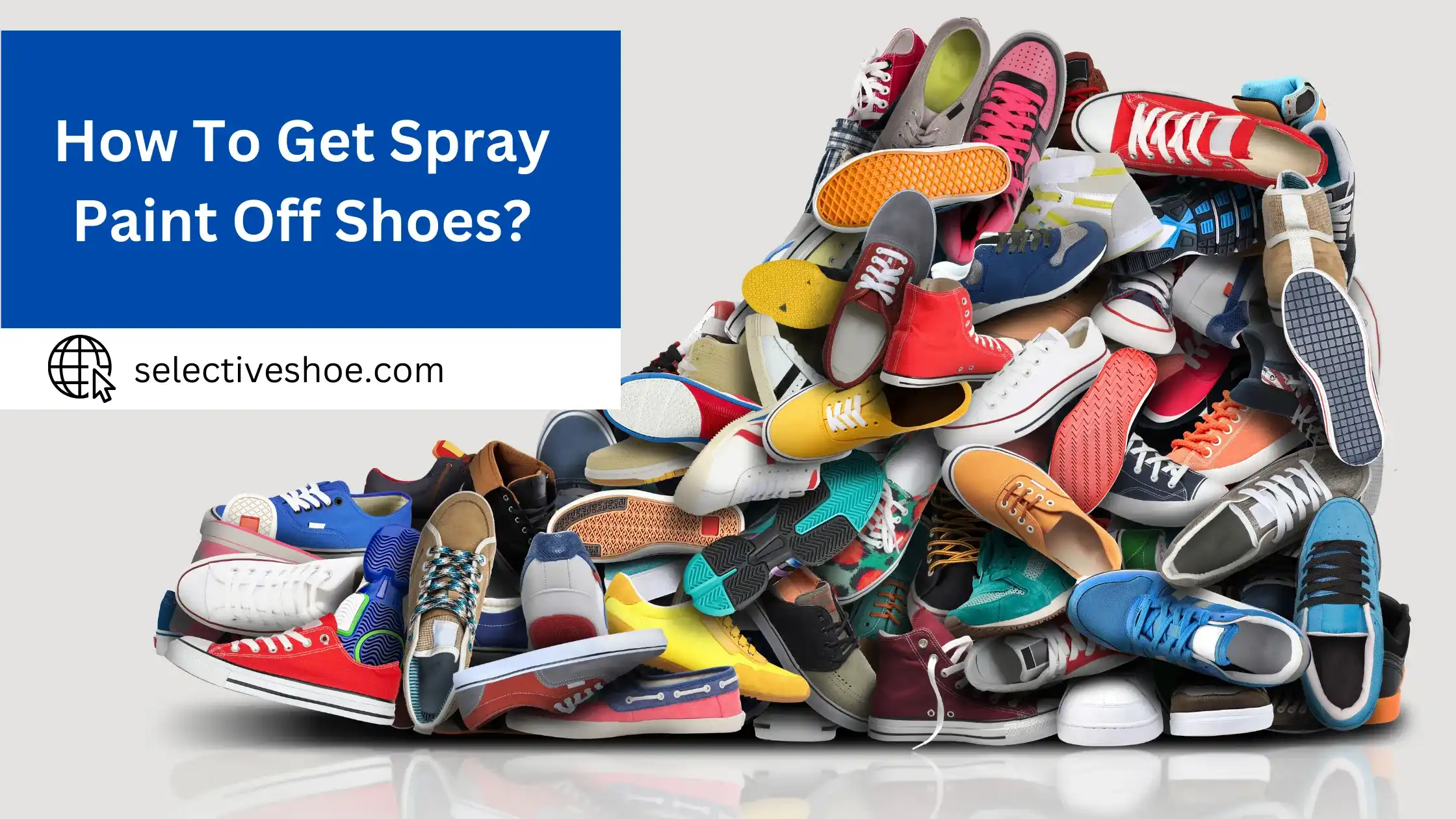When I first joined my local badminton club, I was clueless about the term “non-marking shoes.” I showed up with my regular sneakers, and the coach pulled me aside and explained that these special shoes don’t leave marks or damage the floor.
After that talk, I went shoe shopping. I learned that non-marking shoes have soles that provide good grip but don’t scuff up surfaces. They’re primarily used in indoor sports like badminton, volleyball, or basketball, where the floors are often shiny and manageable to mess up.
I can help you understand non-marking shoes and why they’re essential. Trust me, it’s not just about following the rules; it’s also about respecting the game and the place where you play. So, let me break down what I learned about these shoes and how to pick the right pair.
Defining Non-Marking Shoes - What Exactly Are They?
Non-marking shoes are types of footwear designed to prevent scuff marks or streaks on the surface where they are used. These marks are often caused by the complex and stiff soles of regular shoes, which can leave scratches or colored streaks on floors, especially those with smooth or glossy finishes.
The critical characteristic of non-marking shoes is the sole. The soles of non-marking shoes are made of materials that do not have the abrasive qualities that can cause scuffing or marking. These shoes are essential in environments where the cleanliness and appearance of the floor are priorities, such as on sports courts, in dance studios, and on boats.
The Science Behind Non Marking Soles - Understanding the Materials Used:
During my research, I came across a variety of materials that are used for making non-marking soles. This piqued my curiosity to dig deeper and understand the science behind these materials.
Rubber:
One of the most commonly used materials for non-marking soles is rubber. It can be molded into different shapes and forms, making it an ideal choice for shoe soles. It is also known for its durability and resistance to abrasion, which makes it perfect for use in sports shoes or other high-performance footwear.
Synthetic Compounds:
Many non-marking shoes use synthetic materials that provide grip without the harshness that causes marks. These may include PVC, phthalates, and other plastic-based materials that hate to be gentle on surfaces.
Thermoplastic Rubber (TPR):
This material is a mix of rubber and plastic, often used in non-marking soles. It is durable yet soft enough to avoid leaving marks.
Polyurethane:
Another material used for non-marking soles is polyurethane (PU). This synthetic material is becoming increasingly popular due to its lightweight and shock-absorbing properties. PU soles are also known for their flexibility, which provides comfort to the wearer.
Non-Marking Shoes in Action: Where and When Are They Used?
Recently, I came across non-marking shoes and was intrigued by their functionality. After doing some research and trying them out myself, I have come to realize their importance in certain situations.
Sports Courts:
I first encountered non-marking shoes during a friendly indoor soccer game with my friends. The venue had strict rules about footwear, and I was not allowed to use my running shoes on the court. A friend lent me his pair of non-marking shoes, and I was amazed by their grip and agility on the indoor surface. Not only did they perform well, but they also left no marks or scuffs on the court, which could potentially damage it.
Dance Studios:
As a dancer, I have had the opportunity to experience the benefits of non-marking shoes in dance studios. These types of shoes are commonly used in dance classes, whether it be ballet, jazz, or contemporary. The smooth rubber soles allow for easy gliding and sliding across the dance floor without leaving any marks.
Yachting/Boating:
Another place where non-marking shoes are commonly used is on yachts or boats. As someone who enjoys boating and yachting, I have seen firsthand how important it is to have non-marking shoes on board. The smooth soles of these shoes prevent any damage or marks on the boat’s deck, which not only protects the boat but also maintains its appearance.
Hospitals and Clean Rooms:
In hospitals and clean rooms where hygiene is paramount, non-marking shoes are essential. The non-marking soles ensure that no dirt or debris is tracked into these sensitive areas, promoting a clean and safe environment for patients.
Gym and Workout Facilities:
Lastly, I always wear my non-marking shoes in gyms and workout facilities. The smooth soles of these shoes make them ideal for indoor rock climbing, weightlifting, or aerobics, where traction is essential but leaving marks on the floor is not desirable. They also help me in maintaining the cleanliness and longevity of gym equipment.
Comparing Marking and Non-Marking Shoes - Spotting the Differences:
To compare marking and non-marking shoes, one must look at several aspects, such as the design, usage, and the impact they have on surfaces:
Sole Composition:
According to me, the primary difference lies in the sole material. Non-marking shoes typically have soles of softer, less abrasive compounds such as certain rubbers or synthetic materials. Marking shoes may have more rigid soles that can scuff or leave streaks on certain types of floors.
Sole Color:
While not a definitive method, non-marking soles are often light-colored, as dark soles can sometimes leave more noticeable marks. However, this is not a rule, as there are dark-soled shoes that are non-marking.
Tread Pattern:
Non-marking shoes may have a different tread pattern designed to minimize the contact area with the floor and reduce the potential for marks. They may also be smoother compared to the more aggressive treads of marking shoes.
Flexibility:
Based on my personal experience, the soles of non-marking shoes are often more flexible. This characteristic helps in absorbing the impact without leaving a trace.
Testing:
The most reliable way I adopt to the test is the ‘scuff test,’ where I try to make a mark with the shoe on a surface with a discreet rub. Non-marking shoes should not leave any trace.
Why Choose Non-Marking Shoes: Benefits and Advantages?
Opting for non-marking shoes comes with several benefits:
Improved Traction:
I always opt for non-marking shoes as they provide the best traction and stability on the court. I can move quickly and make sharper cuts without fearing slipping or leaving marks on the floor.
Floor Protection:
I’ve personally experienced that non-marking shoes are footwear that does not leave any marks or scuffs on the floor, especially on smooth surfaces like hardwood or tile. Unlike traditional rubber-soled shoes, non-marking shoes are made with softer and lighter materials such as gum rubber and synthetic compounds.
Durability:
Their durability is an additional benefit. For people always on the go, non-marking shoes are an excellent investment because they resist everyday wear and tear. I can vouch for the fantastic durability of non-marking shoes over time, having always been hard on my footwear.
Versatility:
One of the main benefits of non-marking shoes is their versatility. I use my non-marking shoes in various settings, from casual wear to more formal occasions.
Noise Reduction:
One thing I like the most about non-marking shoes is the softer materials used often result in quieter footfalls, which is beneficial in quiet environments like hospitals or libraries.
I highly recommend non-marking shoes to anyone looking to enhance their athletic performance.
Best Practices - How to Maintain and Care for Your Non-Marking Shoes?
Now that you know why non-marking shoes are essential, let’s talk about how I take care of them. Here are some best practices I implemented and you should keep in mind:
- Every time I use your sneakers, I clean them. To remove any remaining material from the soles, I like to use a damp cloth or a gentle brush.
- I never use harsh chemicals or abrasive materials while cleaning my shoes. These can damage the unique rubber material used in non-marking soles, affecting their performance.
- One mistake many people make is using their non-marking shoes for everyday wear. While these shoes are designed for sports and athletic activities, wearing them daily can cause them to wear quickly. I’ve made this mistake and had to replace my non-marking shoes sooner than expected.
- Another tip I’ve learned through experience is to rotate between two pairs of non-marking shoes if you play sports frequently. This allows each pair to air out and dry properly, prolonging their lifespan.
- Storing my non-marking shoes in a cool and dry place has helped me improve their longevity. Heat can cause the rubber material used in the soles to harden and lose its grip.
Conclusion:
Non-marking shoes are necessary for anyone looking to excel in indoor sports or activities. From my personal experience, using non-marking shoes has dramatically improved my performance on basketball courts and volleyball courts. They not only protect the floors but also provide superior traction and support, helping you perform at your best. So, if you haven’t already, it’s time to invest in a pair of non-marking shoes and experience the difference for yourself.
